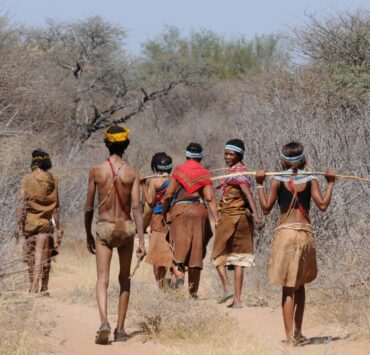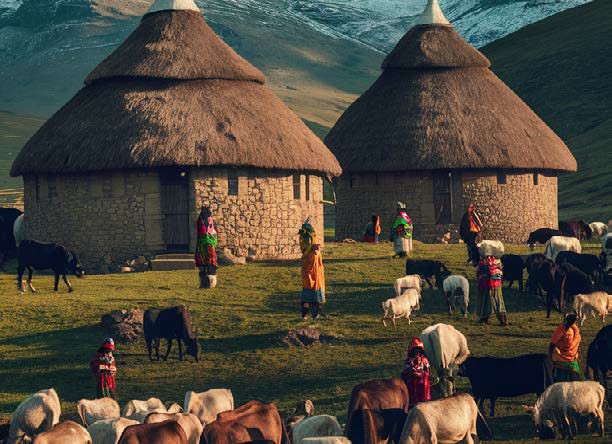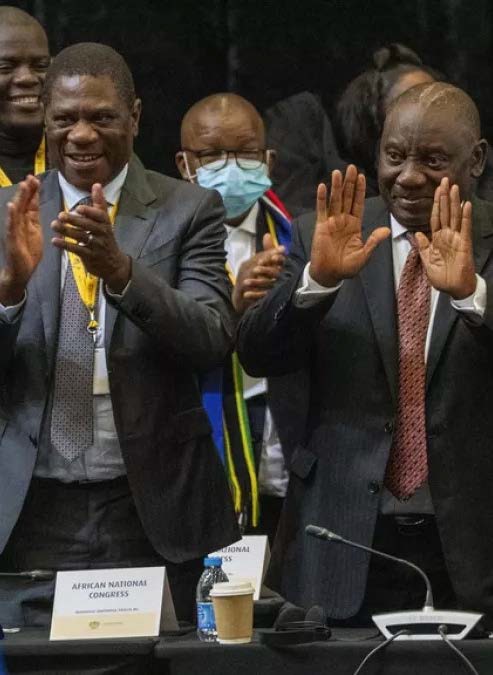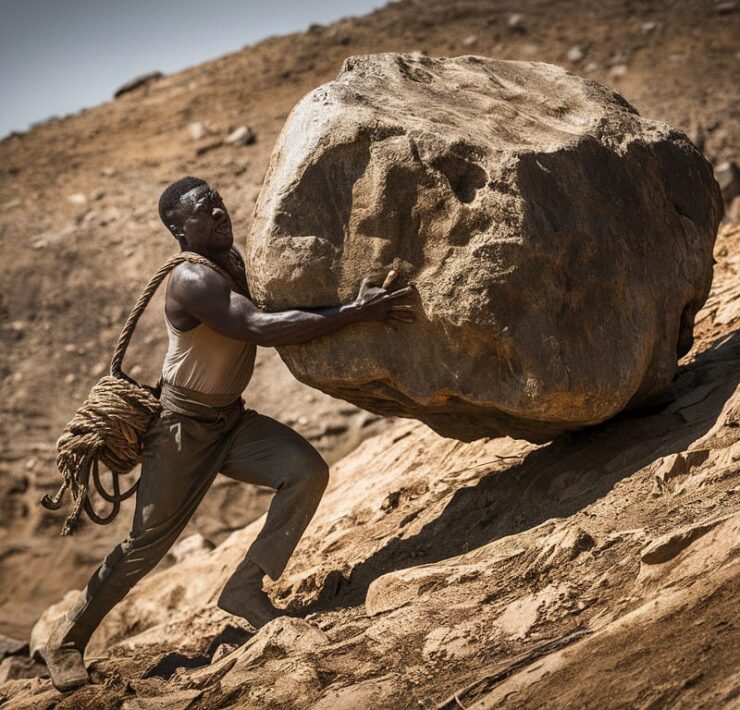How Culture Helps Preserve the Environment
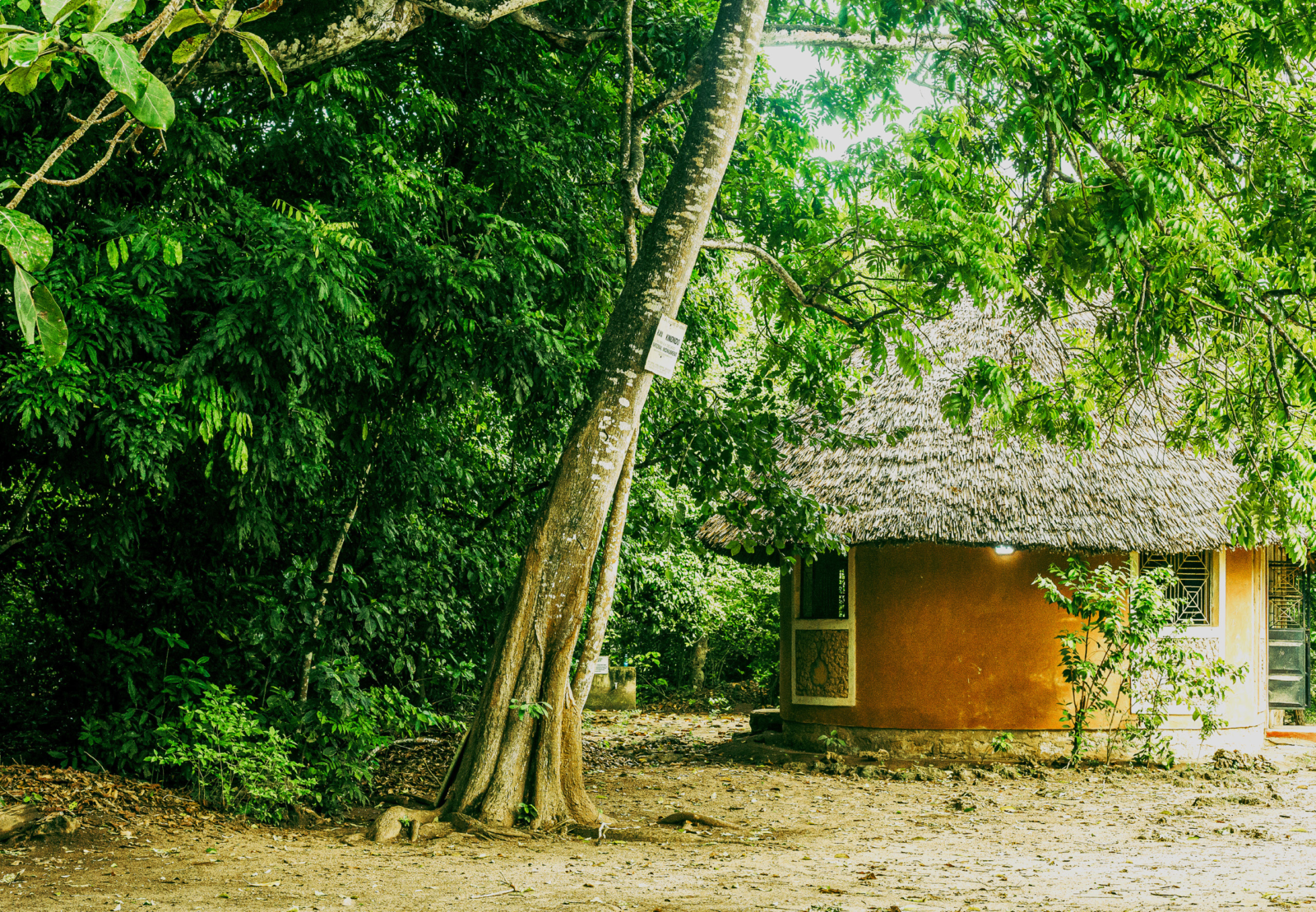
Samuel Phillips is a writer, graphic designer, photographer, songwriter, singer…
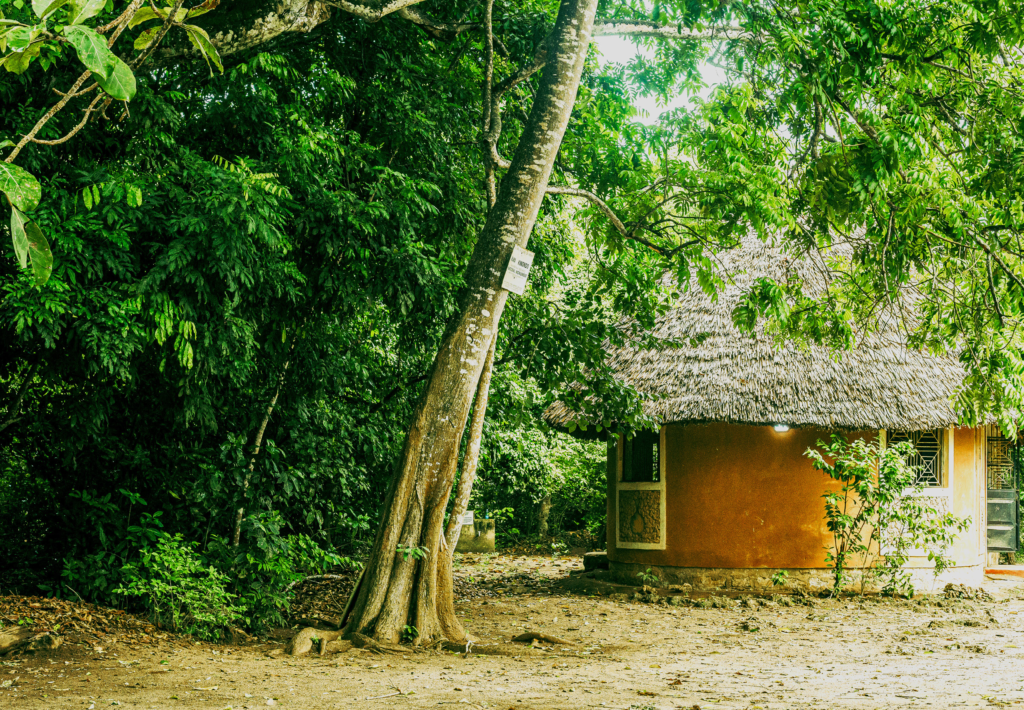
The African culture is diverse just as the African people are diverse in their various geographical locations within the continent and even outside the continent. And, if you ask me, I think it is this diversity of culture and other social structures that truly bring out the beauty of what it means to be African. However, as much as there is diversity among Africans, there is also something unique about being an African that makes you see another African and instantly be able to relate with them as brothers and sisters. And I am not speaking of color alone (we have Africans who are not dark-skinned) but something deep in our makeup. This “something” in our makeup is that uniqueness within us that makes us honor and also want to sustain life. We just want to keep the environment alive, well, and healthy. It is that deep knowing on the inside that tells you it’s not right to poop in the river that you drink from.
Kaya Kinondo Sacred Forest
Very recently my family and I went for a walk in the Kaya Kinondo Sacred Forest. It was a walk we had wanted to do since we moved to the coast of Kenya, so it was exciting to finally have the chance to do so. So, when Hamza – our friend and tour guide for the sacred forest – asked us to go for the walk, it was a welcome idea. And being that we love to tell the African story with every chance that we have, we decided to make a video of the walk.
While explaining the history of the forest and the various rules that guide the entry and walk in the forest, Hamza made mention of something that caught my attention. He spoke about how the Digo tribe, under whose guardianship the Kaya Kinondo Sacred Forest is preserved, use their culture to preserve the forest, and the forest – in turn – helps them preserve the Digo culture. For me, that made a whole lot of sense, especially with all the stories of the ‘climate crisis’ going on globally.
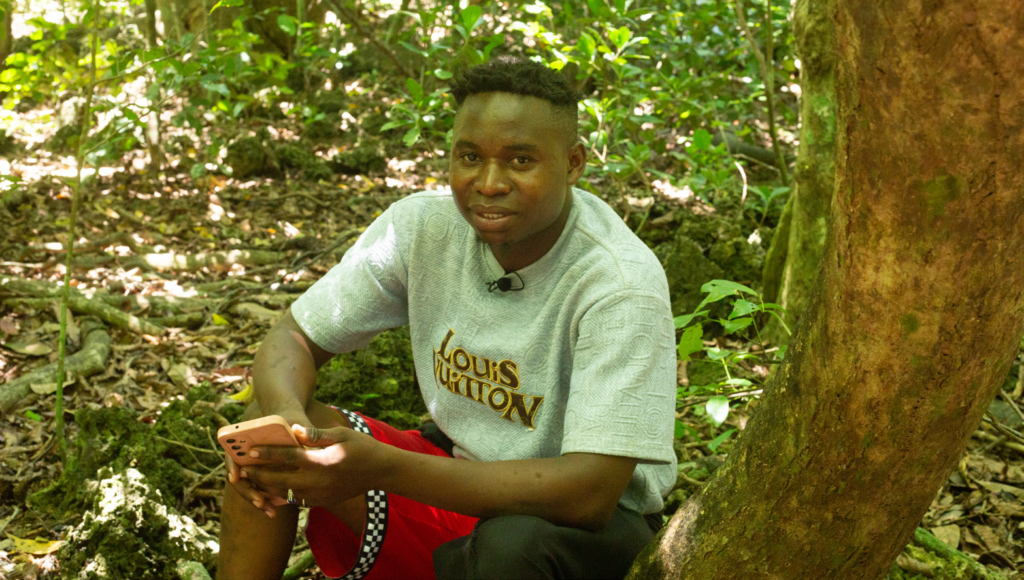
Due to the sacredness of the Kaya Kinondo Forest to the Digo tribe, simple but effective ground rules were set in place for those who enter the forest to walk or learn about the trees within it. For instance, you are not allowed to wear a cap, hat, or hijab inside the forest. The Digo tribe sees the uncovering of the head in the forest as a sign of respect for their ancestors, some of whom are buried within it. You are not allowed to answer the call of nature (pee or poop) within the forest. You are not allowed to have any form of sexual or romantic activity within the forest, not even hugging, but you are allowed to hug the trees. You cannot litter the forest with plastics or any other form of litter. You are not allowed to destroy any plant, or intentionally step on insects or creatures crawling around the forest, and you must only go inside with a tour guide from the local tribe.
So, we went inside the forest and the feeling of awe that nature inspires was present and you could feel it for real. The small singing birds making their melodies, the hornbill birds making their deep-throated sounds like the tenor sax in an orchestra, the massive trees, some as old as six hundred years, the root connections between trees of various species which even looked like they are holding hands, the huge bio-diversity of plant and animal life, a pack of baboons trailing behind us in fascination as we walked and then, of course, the little hut that Hamza called “the house of the small god”. It was a beautiful blend of culture, spirituality, and nature conservation. And even though we have not yet walked the entire forest, we learned that the forest itself is on a 30-acre piece of land with about 187 species of trees, thriving animal life, and beautiful bio-diversity. The forest is the principal Kaya protected by the Digo tribe of the coastal Mijikenda community, and it is gazetted as an eco-tourism attraction and a Kenyan national monument.
Technically speaking, the ground rules for entering Kaya Kinondo Sacred Forest did not need to be set because of the sacredness of the forest, they should just be how any sane person should treat a forest or green spaces or the environment in general. Unlike some culture-less and self-preserving races of the world that love to destroy whatever they cannot control, enslave indigenous people just to spite and steal from them, destroy sacred places just to build concrete jungles, and even commit genocide of other races just so they take their lands and natural resources, the actions of the Digo tribe that created those rules, like many other African cultures and indigenous cultures of the world, show you the beautiful marriage between the culture and spirituality of a people with environmental conservation. This means that to deal with the so-called climate change or climate crisis, we must go back to learning the ways indigenous cultures have kept the environment for thousands of years.
Culture and Eco-friendly Spaces
If it is true that there is a climate crisis due to global climate change, then the solution to the crisis must be tailored around the spirituality, knowledge systems, and culture of the indigenous people of the world who have preserved their environments for thousands of years and who are directly affected by the crisis. But whether the world will listen to them or not is another question that needs answering.
I intentionally cast doubt on the sincerity of climate change or the narrative of climate crisis because it is public knowledge that humans have been able to create geoengineering technologies that can alter weather patterns anywhere in the world. So why should a sane person believe in climate change when a group of so-called scientists and dark-hearted globalists can shape the weather patterns of any country in the world using geoengineering technology?
What this means is that, instead of making a whole lot of noise about the climate crisis as a climatic or weather issue, citing carbon as the culprit, why not start looking at the crisis as a threat to the global security of nations and then provide real solutions? My point is simple: if I can alter the weather or climatic patterns of any place in the world using geoengineering technology, what makes you think I cannot flood a country that I consider an enemy with water or cause earthquakes in another? In case you are not aware, there was massive rainfall that caused major flooding in UAE in the middle of April, the like of which has not been seen for the past 75 years. Some experts are saying there is a possibility that the heavy rains that caused the flooding in the UAE are due to the heavy use of “cloud seeding” geoengineering technology that the UAE has been using for making rain. Even though it has not been proven that the heavy rains were caused by cloud seeding, the point is, that you cannot bend nature to your will. It will create imbalance and imbalance will create chaos and man will pay the price.
But this is the thing about global narratives that have hidden agendas behind them. Young intelligent people across the world are running around going to climate change summits, doing this climate project and that, busy talking the climate change narrative everywhere but not actually paying attention to the falsehood right under their noses. They talk and share money around the problems but close their eyes to the real solutions.
If anyone is paying attention, you will see that what is going on now globally is more of the opposite of what I just suggested. Indigenous people around the world are losing millions of acres of their sacred lands to the falsehood called carbon capture projects. It’s obvious that carbon capture projects were never about the safety of the environment or people, they’re really about Agenda 21 or Agenda 2030 and the horrors hidden in that agenda. It is the horror of the few wanting to control and enslave the majority of the world.
The culture of Africa is that of giving life, so it is up to you as an African to understand what is going on globally in light of accurate information or be caught in the spin of a false global narrative.
What's Your Reaction?
Samuel Phillips is a writer, graphic designer, photographer, songwriter, singer and a lover of God. As an Afrikan content creator, he is passionate about creating a better image and positive narrative about Afrika and Afrikans. He is a true Afrikan who believes that the true potential of Afrika and Afrikans can manifest through God and accurate collaborations between Afrikans. Afrika is the land of kings, emperors, original wisdom, ancient civilizations, great men and women and not some road-side-aid-begging poor third world continent that the world finds joy in undermining.










